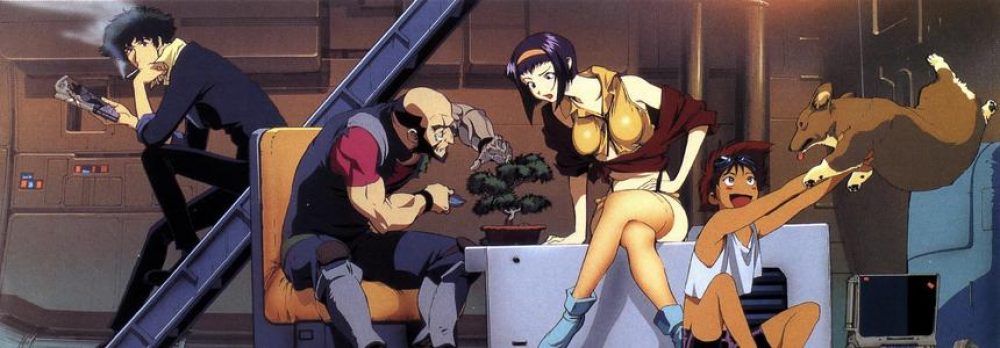In this week’s class, I learned some preference settings, which I did not know before. The modification of preference greatly improved my animation production efficiency.
In these tasks, I think the important animation principles are timing, squash&stretch and arcs.
In the process of animating a bouncing ball, I mainly considered the squash and stretch. Because I think it is very important to show the power in this animation. In order to achieve better effect, I need a good rigged ball. Firstly, I watched the video in the moodel. I found that it used the skeleton, which is not what I wanted, and it’s a little complicated. So I decided to rig a ball by myself. After watching some videos on Youtube, I found there are many ways to achieve it, like using IK skeleton(https://www.youtube.com/watch?v=qcXZ6qCKV7) or deform(https://www.youtube.com/watch?v=5xybiY6yRtM). Finally, I choosed to use the lattice deformation to make the limit state of the ball, and to control the squash and stretch by blend shape(https://www.youtube.com/watch?v=_C4q6L0dIiM). Because I think it’s really straightforward to determine the size, and it’s easy to make.



This is my bouncing ball animation:
To add more detail, I also watched some reference videos on YouTube, I noticed that there are some rotation in the process of the ball bounce, but there wa a problem on my own rigging ball. When the rotation and squash&stretch exist at the same time, the deformation cannot be right. So I can only give up part of rotation, which let the first part of the animation look a little bit strange. I hope I can fix it when I do another task.
————————-
I found a nice rigging ball today, but it used the Squash effect in Deform instead of using blend shape. It’s excellent, this method makes the process of animating more flexible because the self-rotation of the ball doesn’t affect the squash&stretch direction.
This is my bouncing ball maze animation:
I didn’t have a reference for this animation, I just watched some balls bouncing in the different environments. I wanted to design a maze that showed a good and comfortable visual rhythm. I also wanted there were more changes in the animation, such as arcs and lines, fast and slow. So I spent a lot of time in adjusting the position of the ball.

I think it is the timing in the principles of animaiton. Thanks to the motion trail, I could design the animation more intuitively. After that, I added the rotation and squash&stretch quickly, and finally achieved a reasonable effect.
